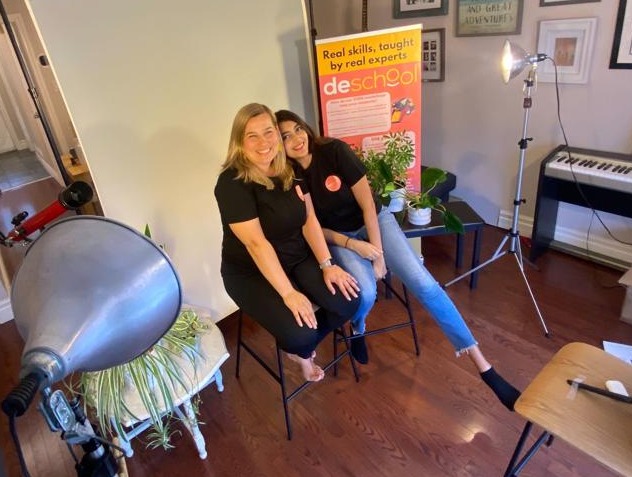Blogs

The "So What" Factor in Education: Teaching for Meaning and Impact
As educators, we often hear the question: “So, why are we learning this?” This question is not just about curiosity—it's a signal that students are seeking relevance. The “So What” factor is the idea that students should never have to ask this question because they should always know why what they're learning matters in their lives. This is something I learned very early in my career as an educator and I'm truly grateful for it as it has guided my approach to education.
Education isn’t just about transferring knowledge; it's about helping students understand the real-world applications of what they're learning. It’s not schooling—where the focus is on what to know—it’s education, which focuses on how and why what they're learning is relevant. We, as educators, aren’t just telling students what to think; we’re guiding them to see how their learning has the power to make a real impact.
The Role of the "Heart Educator"
Ritu, the CEO of Deschool, and I often refer to ourselves as "heart educators." Once again, I'm so grateful to work alongside someone who shares this approach. For us, teaching goes beyond just delivering information—it’s about creating experiences that touch students’ hearts. When students feel emotionally connected to what they’re learning, that’s when education transforms into something more meaningful. It becomes a tool for them to see how their learning can help and heal the world around them.
Our goal is to create heart-opening experiences that allow students to connect deeply with the material, empowering them to see that what they learn can truly make a difference. When a student understands that their knowledge can create positive change, it shifts the way they engage with their learning.
The "So What" Factor in STEM
Nowhere is the “So What” factor more impactful than in STEM education. We’re not just teaching students how to code a robot to move across the classroom floor. We’re guiding them to see the bigger picture—how the skills they’re developing can solve real-world problems. For example, coding a drone to deliver medical supplies to remote areas doesn’t just involve math and programming; it’s about using technology to save lives.
This connection to a broader purpose is what makes STEM education come alive for students. It’s not about coding for the sake of coding—it’s about seeing how their work can change the world.
Why It Matters
The "So What" factor ensures that students are always aware of the larger significance behind their learning. When students grasp the real-world implications of their education, they become more engaged, motivated, and inspired. They see that what they're learning isn't just for passing tests or exams but for creating solutions to global challenges, advancing technology, and improving lives.
As educators, we must always ensure that the “So What” factor is at the heart of our teaching. By doing so, we help students not only to learn but to feel, to understand, and to act—equipped with the knowledge and compassion to make a difference in the world.
Blog written by
Rebeka Ly
Director of Education, Deschool Online Inc.
.png)